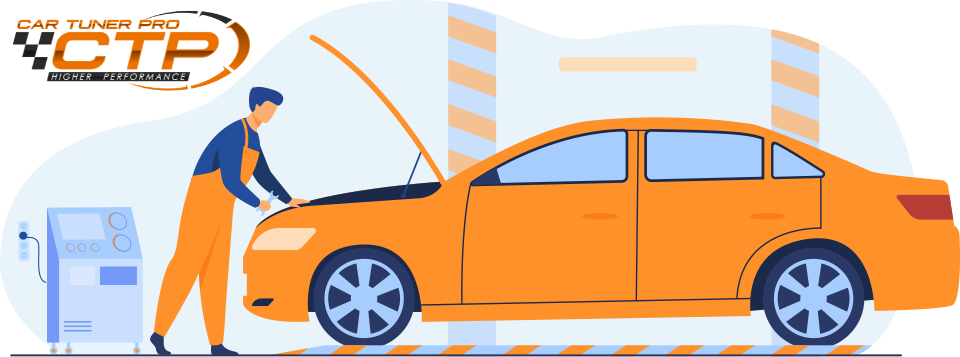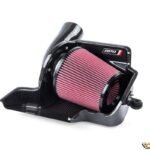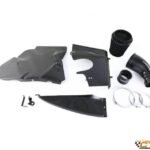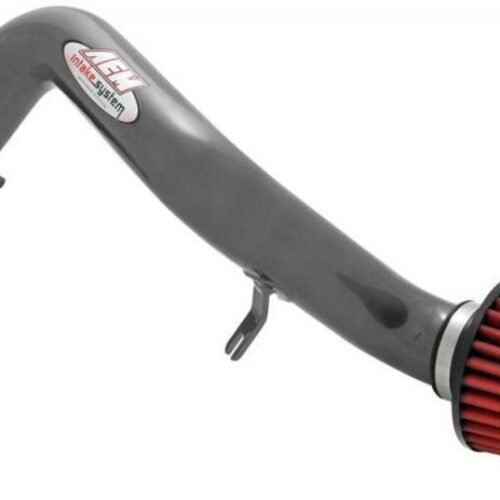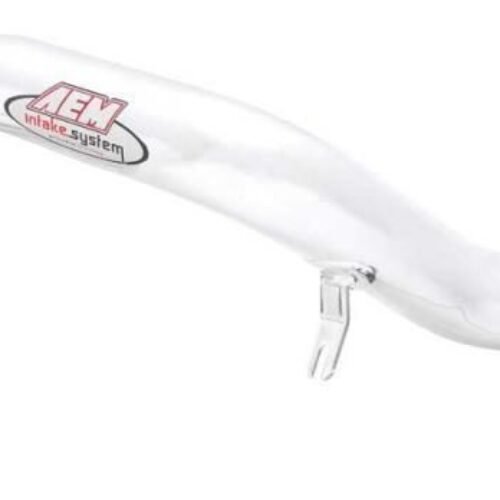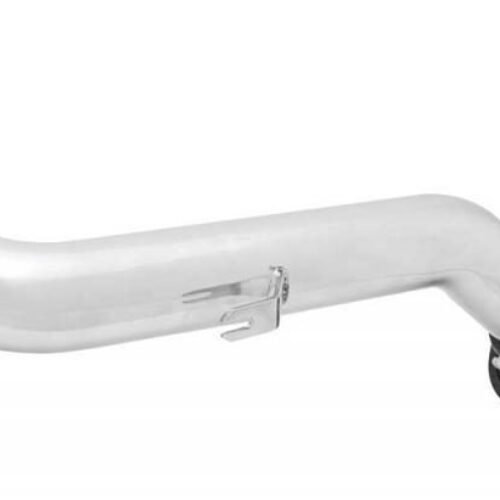APR Cold Air Intake For Audi A3
Original price was: $512.00.$459.95Current price is: $459.95.ARMASpeed Cold Air Intake For Audi S5
$1,210.00APR Cold Air Intake For Audi RS3
Original price was: $1,017.00.$914.95Current price is: $914.95.
The APR Turbocharger Inlet System Audi RS3 11-19 for your 2017-2019 Audi RS3 is a great way to increase horsepower and torque gains by replacing your restricted factory air intake.
Did you like this product? Add to favorites now and follow the product.
(877) 689-5949 Start Live Chat
Description
Product Description The APR Turbocharger Inlet System outflows the factory components by up to 45%, and jumps to 60% when adding the APR Intake Filter. This is firstly achieved through elimination of the most critical restriction in the entire intake system, the turbocharger inlet pipe. Because of this restriction, no intake airbox / filter design can physically match the gains achieved by upgrading to the APR Turbo Inlet System alone. This inlet is the first step one should take when upgrading their intake system and paves the way for even more gains by adding the optional intake filter. The APR Turbocharger Inlet System uses a massive 4? carbon fiber inlet tube that attaches to the factory airbox, or the APR Intake Filter System. Attached to the carbon fiber tube is a massive 4? cast aluminum inlet which is organically shaped to retain the largest possible cross-sectional area within the pipe all the way to the inlet of the turbocharger?s compressor cover. Despite the visually odd shape, keeping the cross-sectional area as large as possible is the key to the pipe’s performance gains, and greatly outflows smooth looking continuously tapering designs. Interlocking adapter rings form a port-matched ideal entrance to the turbocharger, while larger rings (sold separately) provide port-matched support for even larger hybrid turbocharger upgrades. A thick stainless-steel heat shield protects the pipe from the hot turbocharger manifold, and an external stainless PCV pipe provides proper PCV placement without impacting the inlet?s design.
Rear

